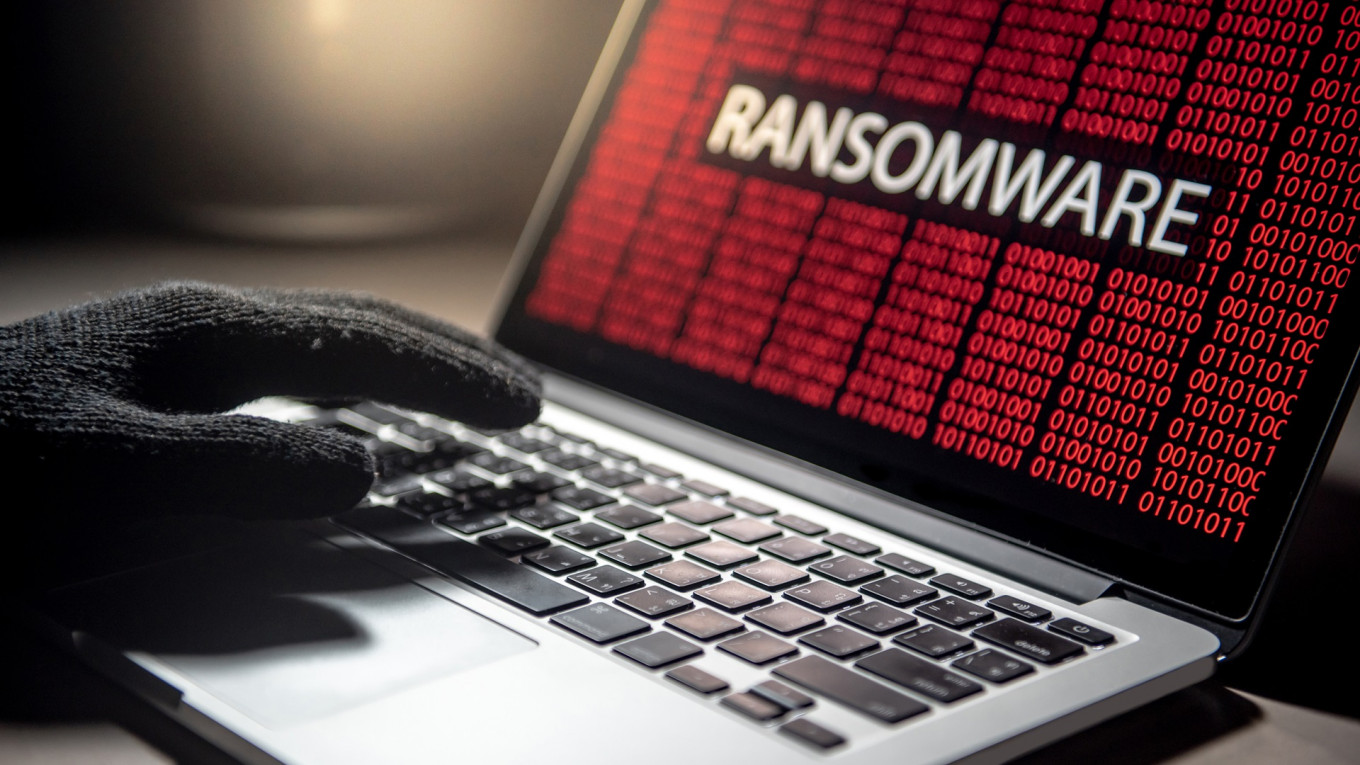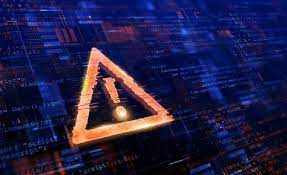What is Ransomware?
Estudiowebperu.com – Ransomware is a type of malicious software designed to block access to a computer system or encrypt its data until a ransom is paid. It is one of the most severe and rapidly growing cyber threats, affecting individuals, businesses, and even government institutions globally. This essay delves into the intricacies of ransomware, its history, types, impact, and measures to prevent and respond to such attacks.
Read More : Biaya Naik Haji Raffi Ahmad Mencapai 7 Miliar
History and Evolution
Ransomware has evolved significantly since its inception. The first known ransomware attack, known as the “AIDS Trojan” or “PC Cyborg,” occurred in 1989. This rudimentary form of ransomware involved distributing floppy disks containing malware that encrypted filenames on the victim’s computer, demanding a ransom to restore access.
Modern ransomware began to emerge in the mid-2000s, with more anti virus sophisticated techniques and broader distribution methods. The advent of cryptocurrencies like Bitcoin in the early 2010s further fueled the proliferation of ransomware, providing a relatively anonymous and untraceable method for cybercriminals to collect ransoms.
Read More : Istilah Dalam Arsitektur yang Sering Digunakan
Types of Ransomware
Ransomware can be broadly categorized into two types: locker ransomware and crypto-ransomware.
- Locker Ransomware: This type of ransomware locks the user out of their computer or device, preventing access to essential functions. It typically displays a ransom note demanding payment to unlock the device. While it can be disruptive, locker ransomware usually does not encrypt files and may sometimes be removed without significant data loss.
- Crypto-Ransomware: Crypto-ransomware is more destructive, encrypting game fps files on the infected system and making them inaccessible without the decryption key. The attacker demands a ransom in exchange for the decryption key, which, if not paid, can lead to permanent data loss. Examples include the infamous WannaCry and NotPetya ransomware attacks.
Impact and Consequences
Ransomware attacks can have devastating consequences, both financially and operationally. The impact includes:
- Financial Loss: Victims of ransomware often face significant financial losses, including the ransom payment, costs associated with downtime, data recovery, and potential legal fees. Some companies have paid ransoms amounting to millions of dollars.
- Operational Disruption: Ransomware can cripple critical infrastructure honda civic and disrupt business operations, leading to lost productivity and revenue. Hospitals, for example, have been forced to cancel surgeries and divert patients due to ransomware attacks.
- Data Loss and Breach: Even if the ransom is paid, there is no guarantee that the attacker will provide the decryption key or that the decrypted data will be intact. Additionally, sensitive information can be exfiltrated during the attack, leading to data breaches and compliance issues.
- Reputational Damage: Ransomware attacks can damage an organization’s reputation, eroding trust among customers, partners, and stakeholders. This loss of trust can have long-term consequences, including decreased customer loyalty and market value.
Read More : Profile Budi Arie Setiadi Menteri Kominfo
Prevention and Mitigation
Preventing and mitigating ransomware attacks requires a multi-layered approach that includes technical, organizational, and educational measures.
- Regular Backups: Regularly backing up critical data and storing timnas indonesia backups offline is one of the most effective ways to mitigate the impact of a ransomware attack. In case of an infection, data can be restored from backups without paying the ransom.
- Security Software: Using robust antivirus and anti-malware solutions can help detect and prevent ransomware infections. Keeping software and systems up to date with the latest security patches is also crucial.
- Network Security: Implementing network segmentation and firewalls can limit the spread of ransomware within an organization. Intrusion detection and prevention systems (IDPS) can monitor network traffic for signs of malicious activity.
- User Education: Educating employees about the risks of ransomware and safe online practices is essential. Training should cover recognizing phishing emails, avoiding suspicious links, and reporting potential threats.
- Incident Response Plan: Having a well-defined incident response plan in place can help organizations respond quickly and effectively to ransomware attacks. This plan should include steps for isolating infected systems, notifying relevant parties, and restoring data from backups.
Read More : Faktor Perselingkuhan Sering Terjadi
Responding to an Attack
If a ransomware attack occurs, immediate action is crucial to minimize damage:
- Isolate Infected Systems: Disconnect infected systems from the network to prevent the ransomware from spreading.
- Report the Incident: Notify relevant authorities, such as local law enforcement and cybersecurity agencies, and consider seeking assistance from cybersecurity experts.
- Evaluate Options: Assess the feasibility of restoring data from backups and determine whether paying the ransom is necessary. Paying the ransom is generally discouraged, as it funds criminal activities and does not guarantee data recovery.
- Restore and Remediate: Restore data from backups if available, and conduct a thorough investigation to understand the attack vector and implement measures to prevent future incidents.
Ransomware is a formidable threat in the digital age, capable of causing significant financial, operational, and reputational damage. Understanding the nature of ransomware, implementing preventive measures, and having a robust response plan are critical steps in protecting against this malicious threat. As ransomware continues to evolve, staying vigilant Fals4d Link and proactive is essential for individuals and organizations to safeguard their digital assets and maintain resilience in the face of cyberattacks.
Read More : Kasus Mirna dan Racun Sianida








